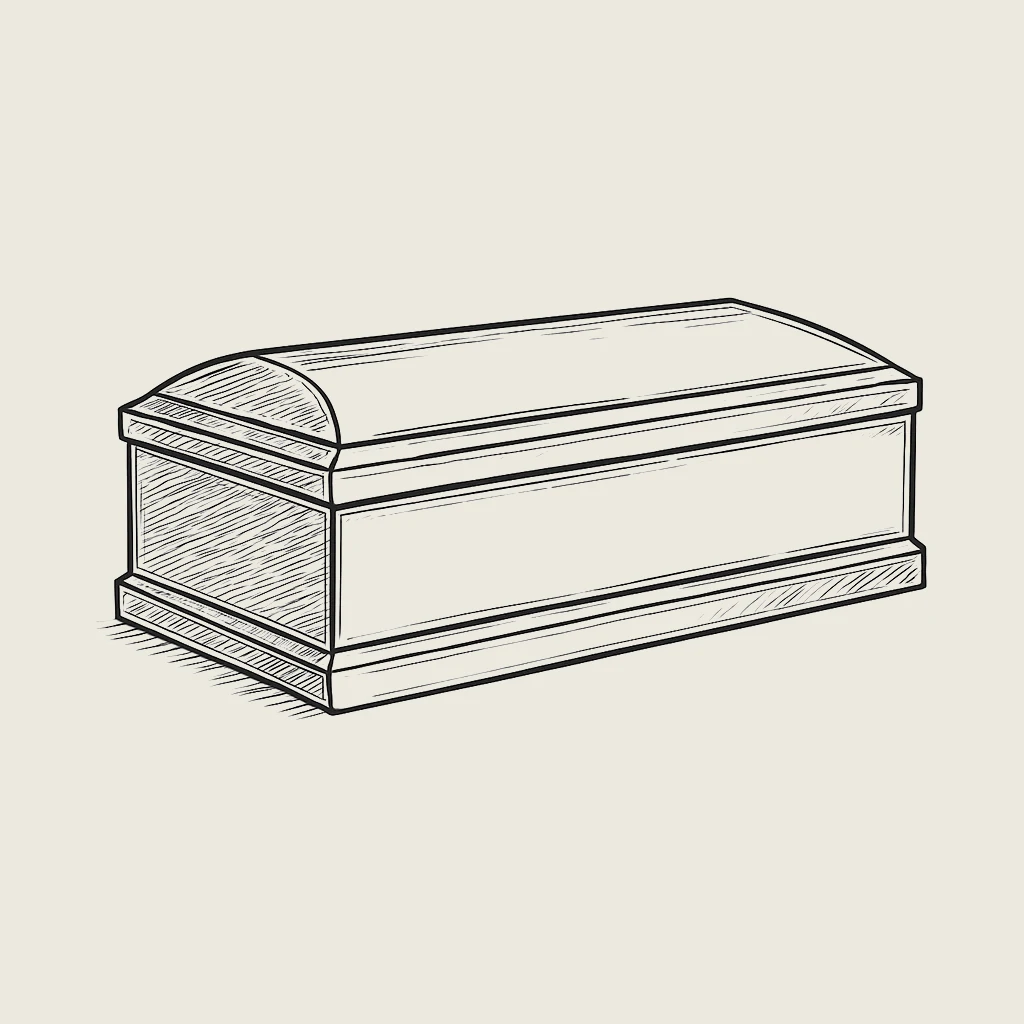What to Do If a Person Dies Abroad
The death of a loved one is always a profound loss, and if it occurs abroad, the situation becomes even more complicated. In addition to emotional pain, relatives must handle numerous organizational matters. It becomes necessary to obtain official documents, communicate with local authorities, and arrange the repatriation of the body or ashes. It is important to know what steps to take to act competently and without unnecessary stress.
Read more








